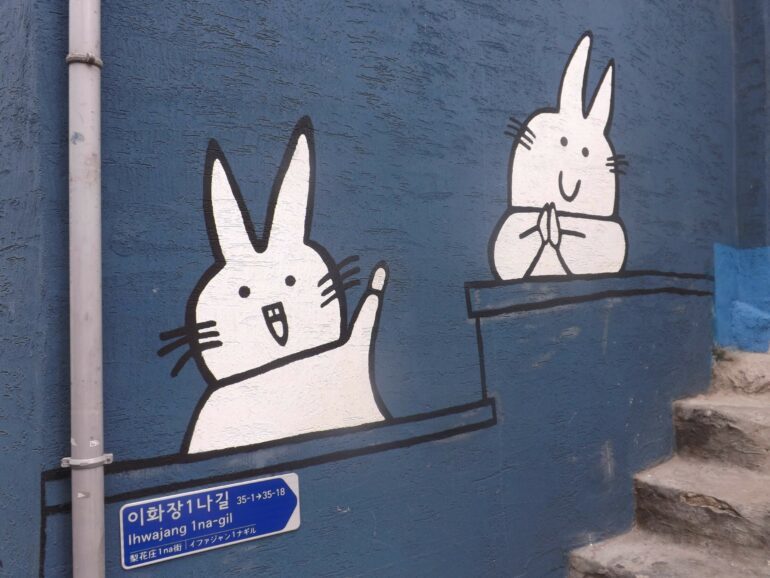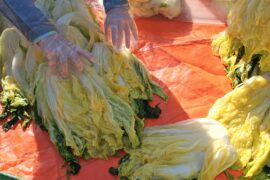As well as luggage, we unavoidably pack a fair few expectations wherever we travel. Built up through the research we’ve done, the films we’ve seen, the friends who’ve shared their own experiences, they’re a natural part of the delicious anticipation of going somewhere new. But everywhere new has some surprises for you too.
We asked five of our colleagues all freshly returned from weeks in South Korea what surprised them.

- The language: is Korean the Italian of Asia?
If you’ve been to Italy, you might have experienced that realisation – all those people in heated conversation aren’t arguing, it’s a passionate conversation with a LOT of arm gesticulation. You’ll have this “aha” moment in Korea too.
Korean is a language where both men and women speak with deep voices, sound powerful, expressive, and even a bit shocking at times. The lady at the restaurant who comes running at you and starts shouting – is she angry? Does she want you to leave? Nope! She’s excited to see you and enthusiastically explaining the menu. It can make Koreans seem intimidating at first, but you soon realise that everyone is amazingly welcoming and very happy to see you. Go with the flow, trust that the people are wonderful and be lulled by the cadences and tones of this almost musical tongue.
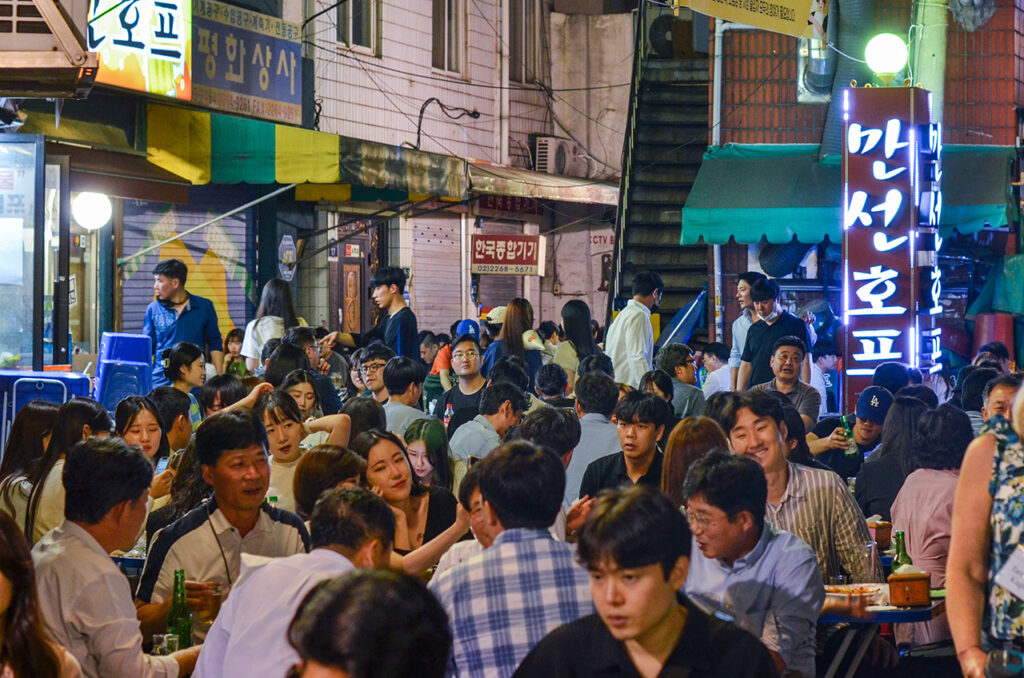
2. It’s easier to get around on public transport than you think
Navigating public transport in a country where you don’t speak the language (and the alphabet could be from another planet) can seem daunting. Will I understand how to ride the subway and trains? Can I use public buses? Will I be able to figure out taxis when I don’t speak Korean? Yes, yes and yes.
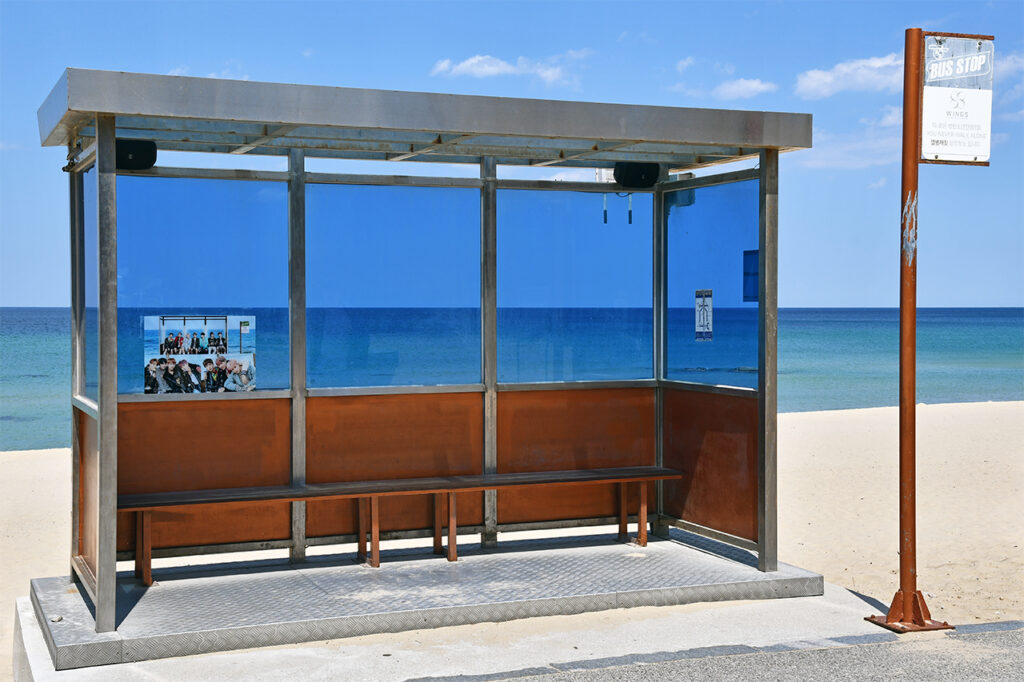
The country is surprisingly accessible, and beyond high-speed trains and subways with free wi-fi the biggest highlight are the taxis: they are both abundant and affordable – a few dollars/pounds for short distances, and even longer trips are significantly cheaper than in countries like the US, UK and Australia.
And the language barrier? There are English signs all over Seoul and in train stations throughout the country; when it comes to using buses in other cities the signage will be predominantly in Korean, but you can figure the system out with a bit of practice (our team will help you – as will the locals)! Oh, and taxis come in different colours depending on the city you’re in, but nationwide black taxis are “deluxe”.
3. Beautiful design: it’s a way of life
The sheer volume of public art is breathtaking. Koreans have a sublime attention to design and the beautification of their public spaces is a nationwide trend. One of our favourite things in Seoul is to stroll along Cheonggyecheon, a 10km stream which had been concreted over and covered by a highway. It’s a flagship example of urban renewal and testament to Korea’s love of natural beauty.
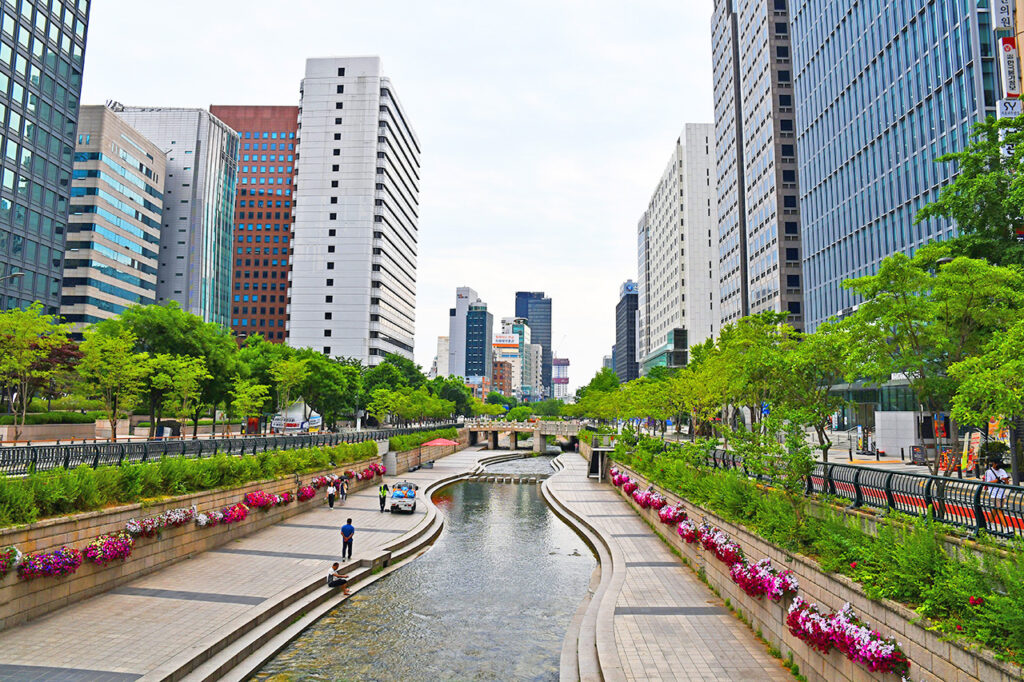
It feels as though everything in Korea was made to be “instagrammable”. This extends beyond public art – there’s an aesthetic attention to detail everywhere, including shops, restaurants, and cafes. These often have designated Instagram spots to help you get the perfect shot. It may not be your thing, but it is a testament to an art culture that’s a delight to experience.
It also makes aimlessly exploring the cities on foot a real joy – you just never know what’s around the next corner, but the chances are it’ll be great.
4. South Korea is in constant flux and always striving for newness
Much of Korea was decimated during the war, so there isn’t an attachment to the past in the way you might experience in countries like Japan. Instead, there’s near constant change. New buildings popping up, old buildings razed to the ground, public spaces getting ever sleeker.
Crossing the country by train, you’ll be gazing out at what seem like tiny villages then boom: a 40-story skyscraper flashes by so fast you’ll think you imagined it.
If all this makes you wonder if Korea is part building site and full of charmless, modern constructions, think again. Coupled with the enviable aesthetic drive we mentioned above, it feels like an exciting country that’s going places. And there’s still a lot of honoured tradition to experience too.
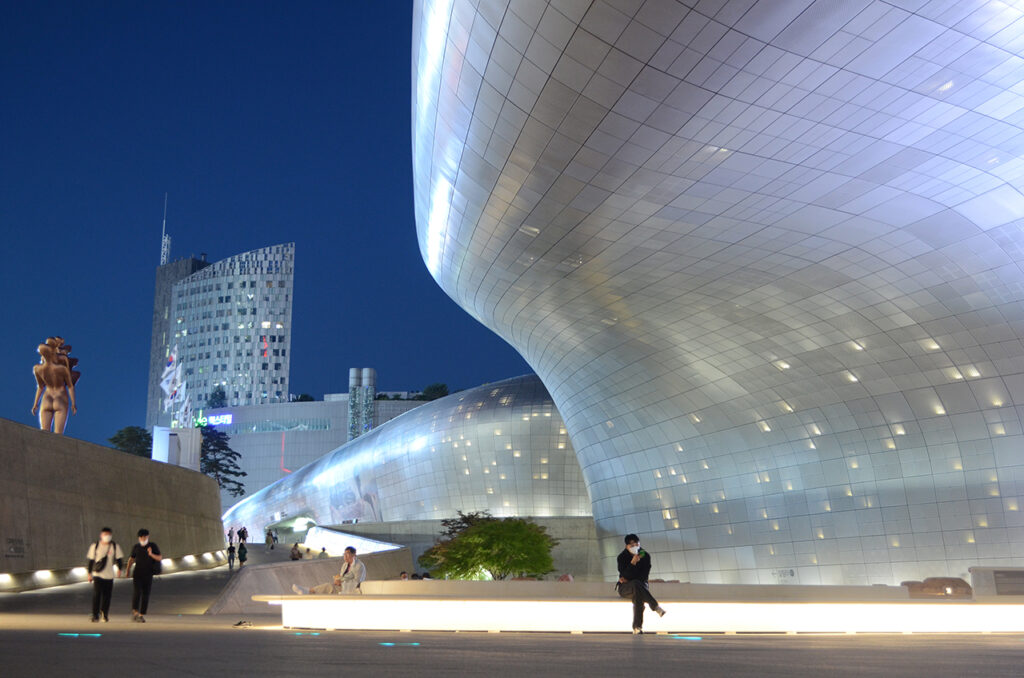
5. T-money cards make everything easier
Japan has IC Cards; Hong Kong has Octopus cards; London has Oyster cards. But Korea pulls its own weight and takes it to the next level with T-money cards. They are transport cards usable all over the country on subways, trains, local buses, and even taxis. You thought that was all? Any restaurant, café, convenience store and even department stores that have the T-money card logo outside will take it too. It’s an efficiently integrated network and the epitome of convenience, and perfect if you don’t want to be carrying a lot of cash around (or fumbling to figure out which notes are which at convenience store counters)!
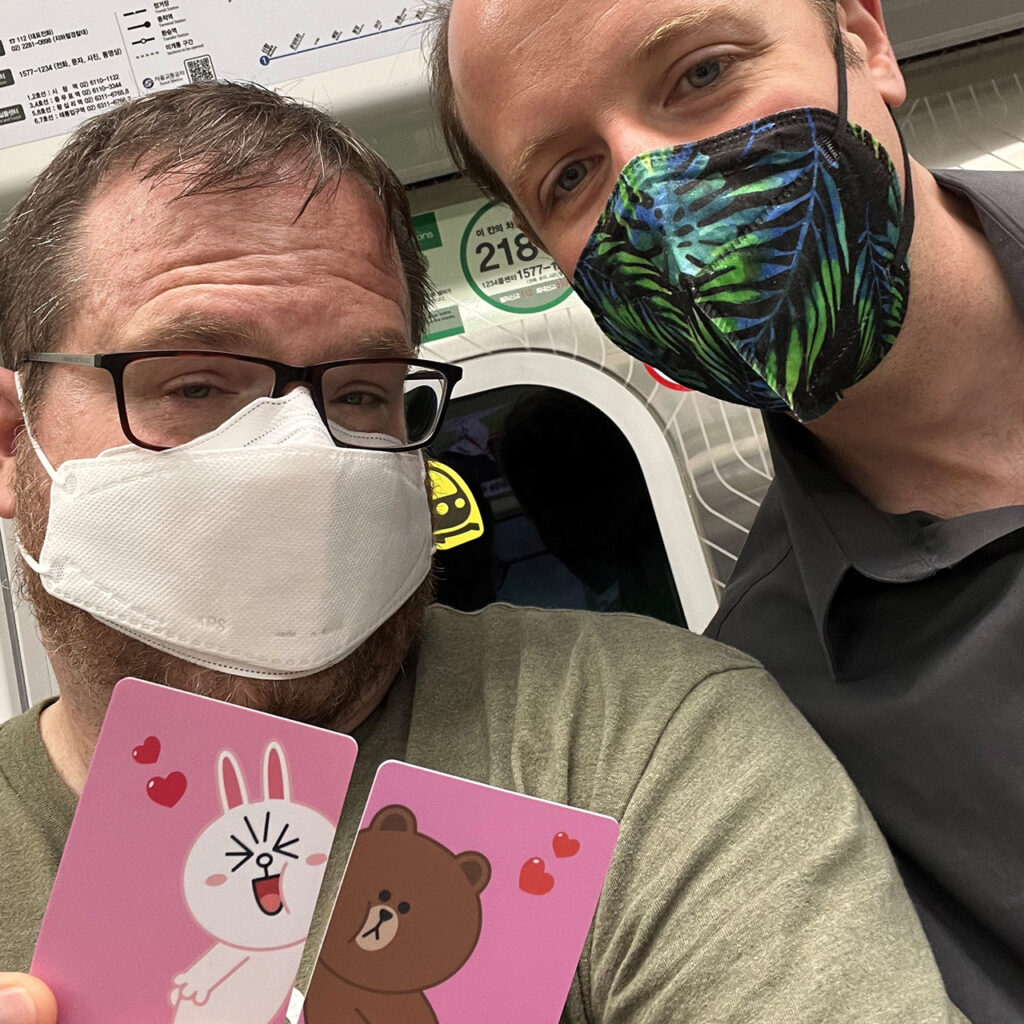
6. The people will welcome you in unexpected ways
During your time in Korea, you’ll have many surprise encounters, unexpected kindnesses and plain fun times.
You’re walking through the alleys of foodie Gwangjang Market and an older lady dressed in a house coat with perfectly coiffured hair and make-up calls you over. Following her, you sit beside a businessman in an immaculate suit to your left, on your right is a young couple in fully matching outfits and further in the back some students dressed in traditional hanbok. Before you realise it, the vendor has popped a plate of pancakes and kimchi in front of you; the businessman is asking for a glass to share his beer with you. The young couple are passing you bowls of dumplings and the students are asking for your photo.
Passionate, genuine, and at times even irreverent, the connection Korean’s want to establish with you goes beyond anything we’ve experienced in Asia. If Japan is famous for its polite, professional and respectful hospitality, Korea’s take would be closer to the heart: they’ll welcome you with open arms, become your friends and make you feel at home.
A lot of this warmth and welcome is inextricably intertwined with Korean’s food and drink culture. Food is a sprawling, energetic and social affair. It’s hard to explain but eating and experiencing Korea are almost one and the same.
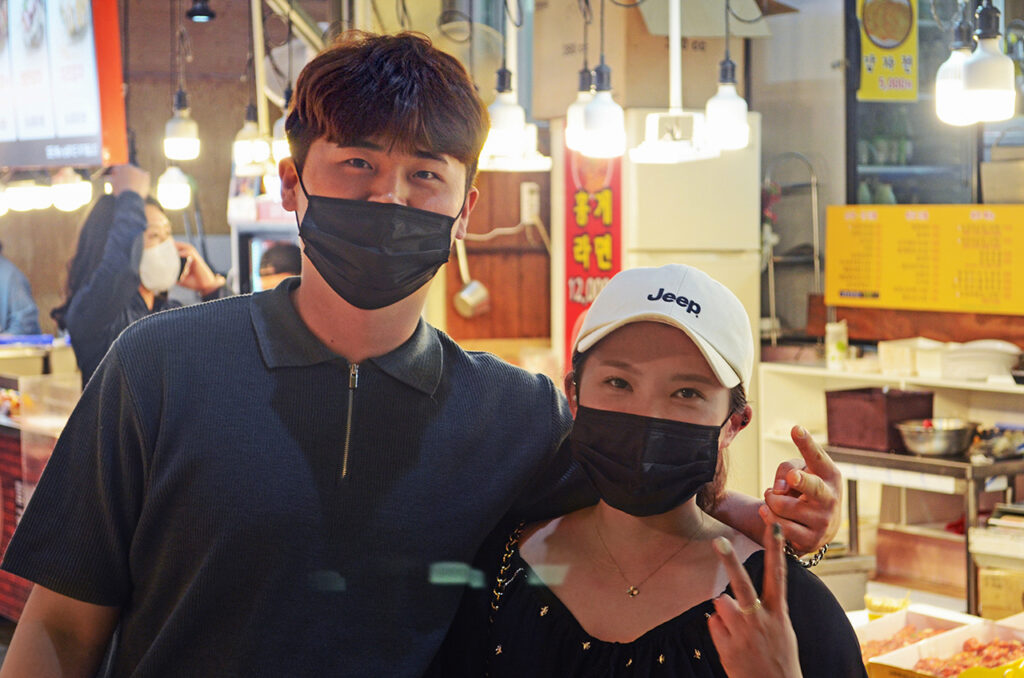
7. Kimchi: it’s delicious, it’s a local speciality, and it’s everywhere
OK, so everyone has heard of kimchi – it’s one of the most famous South Korean foods – so where’s the surprise? Zesty, tangy, sweet and sour, kimchi has over 1,500 years of history and with 200 different varieties across the country, you’ll always find a local kimchi dish that you haven’t seen before. It will be served as a side dish, main dish, snack, appetizer and –if you’re adventurous enough- as dessert! Would you try kimchi and banana? It was a thing for a while.
The best part? It’s great for you. Since it’s a fermented food, it’s choc-full of antioxidants and probiotics. You can even learn to make it, so you can do it at home! Oh, and if you’re having your photo taken, make sure to say ‘kimchi’ instead of cheese: you’ll fit right in with the locals!
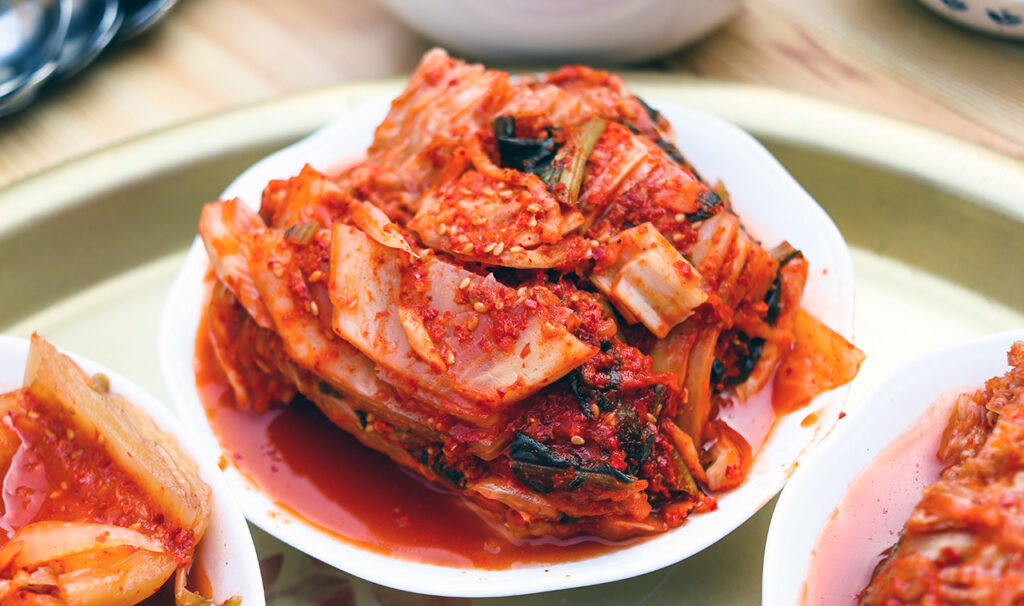
Everything that’s a surprise about Korea is also a delight. I know, we would say that! So why not experience it for yourself?
Download our South Korea brochure here.
